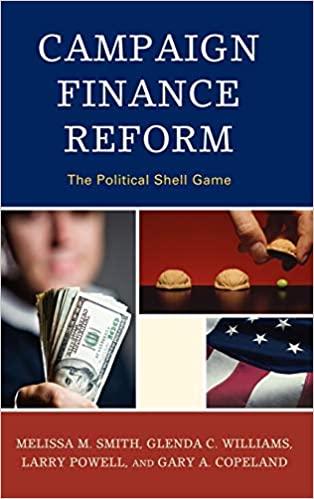Question
An option is a contract that gives its holder the right to buy (or sell) an asset at a predetermined price within a specified period
An option is a contract that gives its holder the right to buy (or sell) an asset at a predetermined price within a specified period of time. A -Select-putcallmarginholdItem 3 option is an option to buy a share of stock at a certain price within a specified period, while a -Select-putcallmarginholdItem 4 option is an option to sell a share of stock at a certain price within a specified period. The strike, or exercise price, is the price that must be paid for a share of common stock when an option is exercised. For a call option, the -Select-marketpremiummarginexerciseItem 5 value is the difference between the current stock price and the options strike price and the -Select-marketpremiummarginexerciseItem 6 is the difference between the options market price and its exercise value. A riskless hedge is a hedge in which an investor buys a stock and simultaneously sells a call option on that stock and ends up with a riskless position. The Binomial Option Pricing Model is an option pricing model based on a riskless hedge with two scenarios for the value of the underlying asset. The Black-Scholes Option Pricing Model (OPM) is derived from the concept of a riskless hedge and calculates the value of an option as the difference between the expected PV of the terminal stock price and the PV of the exercise price.
-Select-SwapFuturesHedgingForwardItem 7 contracts are contracts under which one party agrees to buy a commodity at a specific price on a specific future date and the other party agrees to make the sale. Physical delivery occurs. -Select-SwapFuturesHedgingForwardItem 8 contracts are standardized contracts traded on exchanges and are marked to market daily, but where physical delivery of the underlying asset is never taken. Originally, futures and forward contracts were used for commodities such as wheat, where farmers would sell forward contracts to millers, enabling both parties to lock in prices and reduce their risk exposure. Commodities contracts are still important; however, today more trading is done in foreign exchange and interest rate futures. Futures contracts are divided into two classes. -Select-SwapFinancialSpeculativeCommodityItem 9 futures are contracts that are used to hedge against price changes for input materials.-Select-SwapFinancialCommodityItem 10 futures are contracts that are used to hedge against fluctuating interest rates, stock prices, and exchange rates.
Step by Step Solution
There are 3 Steps involved in it
Step: 1

Get Instant Access to Expert-Tailored Solutions
See step-by-step solutions with expert insights and AI powered tools for academic success
Step: 2

Step: 3

Ace Your Homework with AI
Get the answers you need in no time with our AI-driven, step-by-step assistance
Get Started


